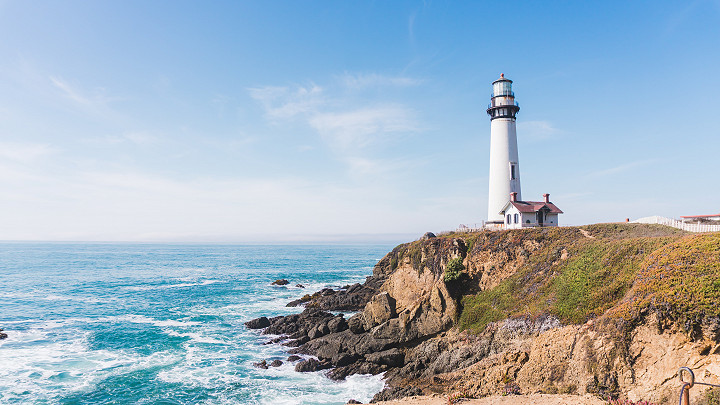Module 2
The Story of the Stephens Island Wren
Read the story out to your pupils and then ask them to complete the quiz

The sad story of the Stephens Island wren is a warning for the whole world, and an example of why biosecurity is important. This story comes from New Zealand, an island nation in the south Pacific, on the other side of the world.
We have a type of wren in Scotland as well, they are small, brown birds which you might see flying around a park, forest, or farm. The Stephens Island wren is special because it doesn’t fly. It can’t fly. Why would a small bird evolve so it couldn’t fly? Like a lot of birds from New Zealand, the Stephens Island wren lost the ability to fly because there were no mammal predators to fly away from like cats, bears, or dogs.
The Stephen’s Island wren was found all over New Zealand, but when people arrived on the islands they brought rats with them as stowaways on their boats. A stowaway is something that is brought along by accident. These rats ate the eggs of many species of bird in New Zealand, so there were no chicks to become adults and keep the species going. Introduced invasive predators can kill lots of animals, so it’s important for us to check our boats and bags when travelling between islands.
The last place in New Zealand where the Stephens Island wren could survive was, of course, Stephens Island, tucked between the two main islands of New Zealand. No people had come to this island and it was a haven for all kinds of wildlife. How did a bird which can’t fly get to an island surrounded by ocean? The first ones walked across in the ice age when the islands were connected by solid ground, then they stayed and had chicks.
One day, in 1892, people arrived on the island to build a lighthouse. A few years later, the lighthouse keeper brought his cat, Tibbles, to keep him company. Soon afterwards, Tibbles brought the lighthouse keeper a dead bird, a bird which was different from any bird the man had seen before. Later on, he saw some of the birds alive, and wrote in his diary that the little bird could run around the rocks like a mouse, “so quick in its movements that he could not get near enough to hit it with a stick or stone.”
He sent the dead bird to a museum in London so they could identify it because he thought it was a brand-new species. London is a long way from New Zealand, and it took a whole year for news to reach the island that their special wren was a new species. They called it the Stephens Island wren, because that was the only place in the entire world where it lived. Except it didn’t live there anymore. The Stephens Island wren became extinct before we even realised how amazing it was. They couldn’t fly away from Tibbles, or from any of the feral cats which arrived on the island with people, and they were all eaten.
Hopefully this story can teach us that we need to be very careful not to bring new animals to islands, but sadly this lesson is too late for the Stephens Island wren.
Answer:
Answer:
Answer:
Answer:
Answer:
Answer:
An introduction to biosecurity and why it matters. Includes outdoor games
Researching seabirds including tasks, model building and games
How to help seabirds including games, treasure hunts and identifying tracks
Setting a design challenge and biodiversity action planning
Groups present and evaluate ideas including news-reading, games and writing
Spreading the word including stories, map activity and games